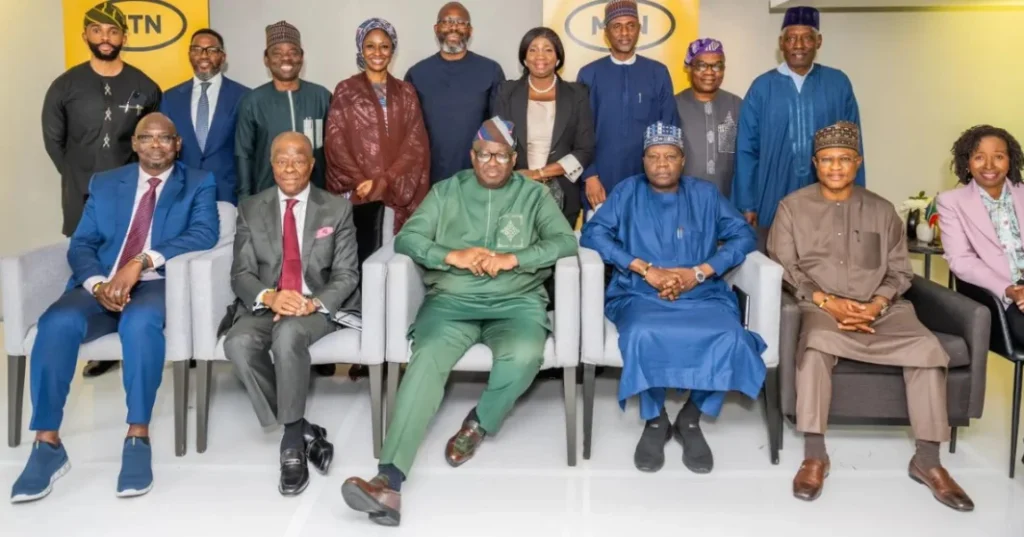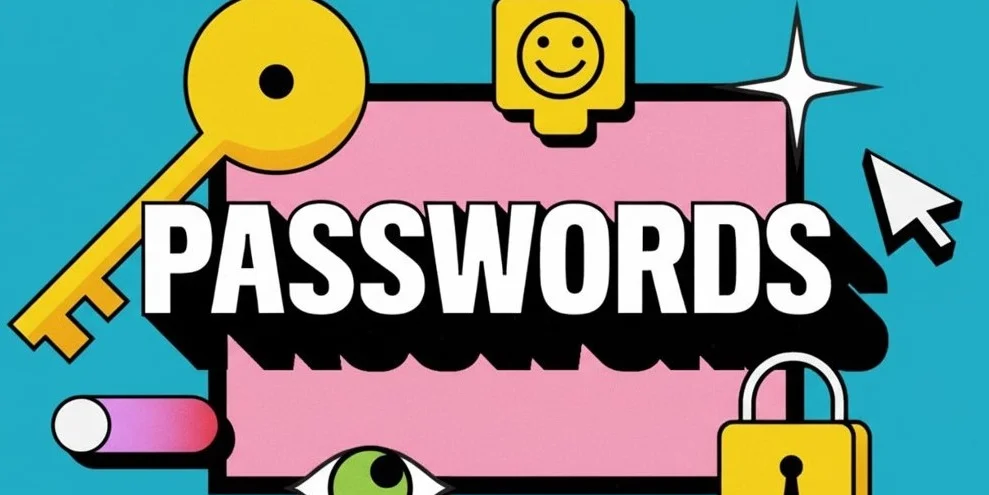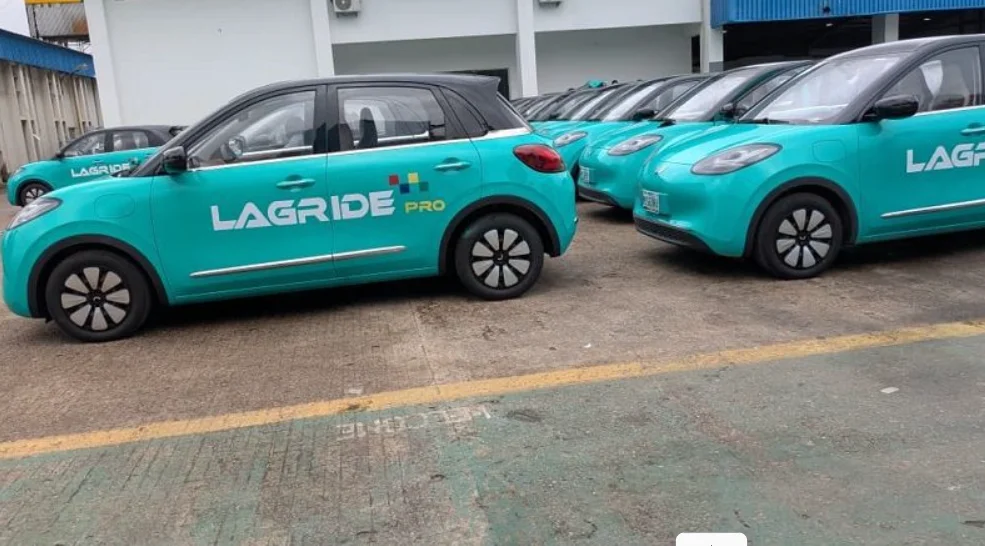TikTok Removed 41,000 Videos Daily in Nigeria in H1 2025 — Here’s Why
In the first six months of 2025, TikTok quietly reached a staggering milestone in Nigeria: 7,464,081 videos removed for violating community guidelines. That’s more than 41,000 videos taken down every day, or nearly 1,700 every hour—a pace that confirms both the scale of harmful content online and the platform’s intensified policing strategy.
The numbers, revealed in TikTok’s latest transparency report, paint a picture of a platform under pressure but also increasingly capable of catching harmful content before it reaches Nigerian audiences.
AI Moderation Takes the Lead — and Moves Faster Than Ever
One of the most striking metrics is how quickly TikTok now identifies and deletes harmful videos.
In Q1 2025, 88.2% of removed videos had zero views. In Q2, that figure inched even higher to 88.3%, meaning nearly 9 in 10 harmful videos never reached a single user.
Behind this speed is TikTok’s AI-driven moderation system, which now handles the majority of enforcement work. Between January and June 2025:
- 3.1 million Nigerian videos were removed by AI in Q1
- 3.27 million in Q2
- AI accounted for 84–86% of all takedowns
User reports are also being processed faster. In Q1, TikTok resolved 73.8% of reports within two hours. By Q2, that improved to 77.8%, with only 9% of cases taking longer than eight hours to resolve.
For a platform once criticised globally for slow reactions during viral incidents, this marks a significant turnaround.
What Nigerians Are Posting — and Why Videos Get Removed
Behind the millions of removals lie a handful of categories that dominate Nigeria’s enforcement data. TikTok’s report shows that the biggest violations include:
1. Safety and Civility
Content involving bullying, harassment, hate speech, and dangerous challenges makes up the largest share. In Nigeria, dangerous stunts and trends were among the most frequently removed.
2. Regulated Goods and Commerce
This category, covering illegal sales, counterfeit products, and unauthorised financial schemes, accounted for over 36% of global removals in some quarters.
3. Sensitive and Mature Themes
Graphic violence, sexually explicit material, and disturbing imagery remain the top violations in Nigeria.
4. Youth Safety
Content involving minors, including abuse, exploitation, and harmful behaviour, saw some of the highest enforcement rates, with near-total proactive detection. But even with advanced AI tools, TikTok still struggles with two particularly concerning types of content.
Where TikTok Still Falls Short: Scams and AI Misinformation
While TikTok excels at detecting nudity, violence, and hate speech, it lags when it comes to fast-evolving digital threats:
- Fraud and scam content had a pre-view removal rate of just 44.4% in Q1
- AI-generated deceptive media was caught pre-view only 46.6% of the time
These forms of content often slip past automated filters, reaching users before being taken down.
Some categories also weakened in Q2—particularly those involving disordered eating, which dropped to just 19.8% early detection.
Scam content took significantly longer to remove, too. In Q1, only 61.8% were removed within 24 hours, far below categories like youth safety, which saw removal rates above 90%.
A Rapidly Growing Enforcement Landscape
One thing is clear: TikTok now removes far more content than ever before.
Globally, removals jumped from under 50 million videos in 2020 to over 200 million in 2025. Automated enforcement surged from under 20 million to nearly 180 million in the same period.
In Nigeria, the jump is even more dramatic:
- 859,458 removals in Q3 2022
- 3.68 million in Q1 2025
- 3.78 million in Q2 2025
A more than 4× increase in under three years.
At the same time, mistaken removals remain low:
- Q1 2025: 173,554 videos restored (4.7%)
- Q2 2025: 149,234 restored (3.9%)
Live Videos Aren’t Exempt: Takedowns Hit Thousands of Streams
TikTok’s enforcement extended far beyond regular videos. In Nigeria:
- 49,512 live sessions were banned in Q2 2025
- Q1 also saw heavy enforcement on live broadcasts
- Violations included safety breaches and monetisation guideline violations
The growing crackdown signals TikTok’s effort to ensure live streaming—a fast-growing revenue stream—is also safe.
What This Means for Nigerians: A Safer TikTok, But Not a Risk-Free One
For millions of Nigerian users, the takeaway is a mix of progress and caution.
TikTok is undeniably safer than it was a few years ago; harmful content is being caught faster, more proactively, and with fewer mistakes.
But scams and AI-generated misinformation remain real threats.
As Nigeria continues to rank among TikTok’s largest and most active markets, the platform’s ability to keep up with evolving digital risks will determine how safe the next chapter of social media becomes.












